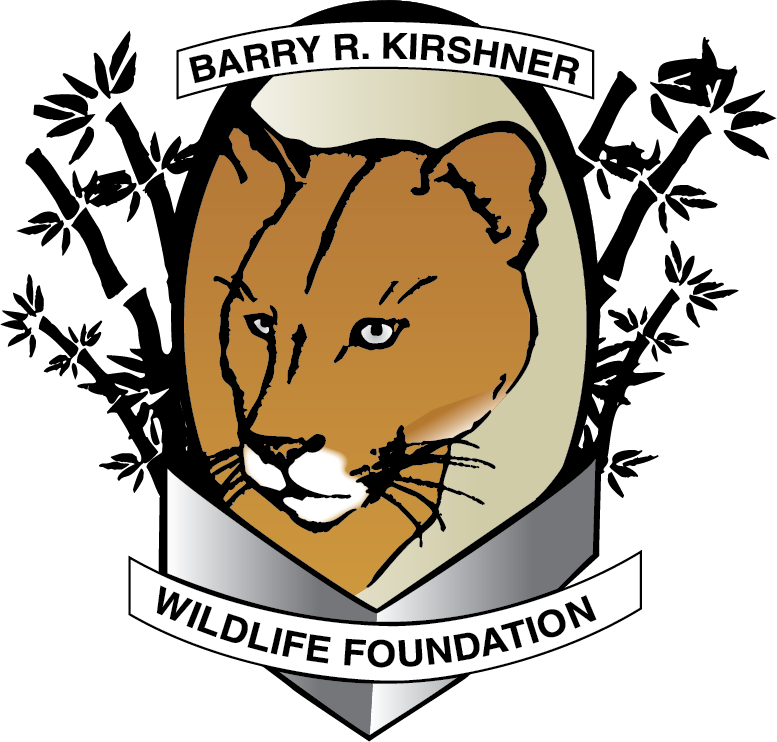Sweetheart – Sulphur-crested Cockatoo
Sweetheart is a female Sulphur-crested Cockatoo (Cacatua galerita) who arrived the foundation in the summer of 2013, and we believe her to be born sometime in 2008. She came to the foundation because she was ill, due to losing her beak and being malnourished. Thanks to the foundations resources for the first few months here, she received 24-hour care with lots of love, creative enrichment to help with her nutrition, and was trained to use her beak as a shovel. Her diet consisted of a smoothie made of fruits and vegetables, bird starter food and many supplements. She is now able to eat more than 70 different foods.
Sulphur-crested cockatoos are mostly white, with yellow underwing and undertail, and a yellow tinged, expressive crest. They have black bills, grey legs, and a whitish eye-ring. Upon closer look, males have almost black eyes while females are red or brown eyed. A raised crest can mean multiple things: displaying for its mate, defending its territory or flock, or expressing curiosity, excitement, surprise, fear, or frustration. A lowered crest often indicates calmness, friendliness, and general approachability. They are naturally curious and intelligent birds, and their voice is loud and meant to travel through forested environments. These birds are susceptible to psittacine beak and feather disease, spread through a virus, which causes them to lose their feathers and grow odd-shaped beaks.
The cockatoo is often found in pairs or small parties during breeding season. Outside of breeding season, they reside in a flock consisting of up to hundreds of individuals. Each flock has its own roosting grounds, often a long flight away from feeding areas. The birds leave the roost at sunrise and remain at the feeding grounds until dusk. One bird watches for danger from a perch while the others feed on seeds, nuts, fruits, berries, and some insects. When it gets too hot, they will take shelter in trees.
Cockatoos reach sexual maturity around five to six years. When they find a mate, their courtship lasts for a lifetime. Courtship display is simple and quick. The male displays a raised crest, bobbing his head and swishing his tail, followed by mutual preening when the female accepts him. Generally, they nest in hollow limbs or holes in trees. Once the eggs are layed, both parents take part in the incubation period. Their parents care for them until they leave the nest around 6-9 weeks later.
In the wild, these birds are mostly found along the northern and eastern coasts of Australia, Tasmania, and in New Guinea, though they have been introduced to Perth (western Australia), Singapore, and New Zealand. Their habitat consists of mostly dense forests but they are known to live in areas among humans. They are no longer imported to the United States as a result of the Wild Bird Conservation Act, though they have been bred in captivity.
sulphur-Crested cockatoo Statistics:
Body Length
Wingspan
Weight
Incubation Period
Number of Eggs
Life Span
greater: up to 20 inches lesser: 13 - 15 inches
20 inches
up to 2 pounds
30 days
2 - 3
20 - 40 years in the wild, up to 80 years in captivity

